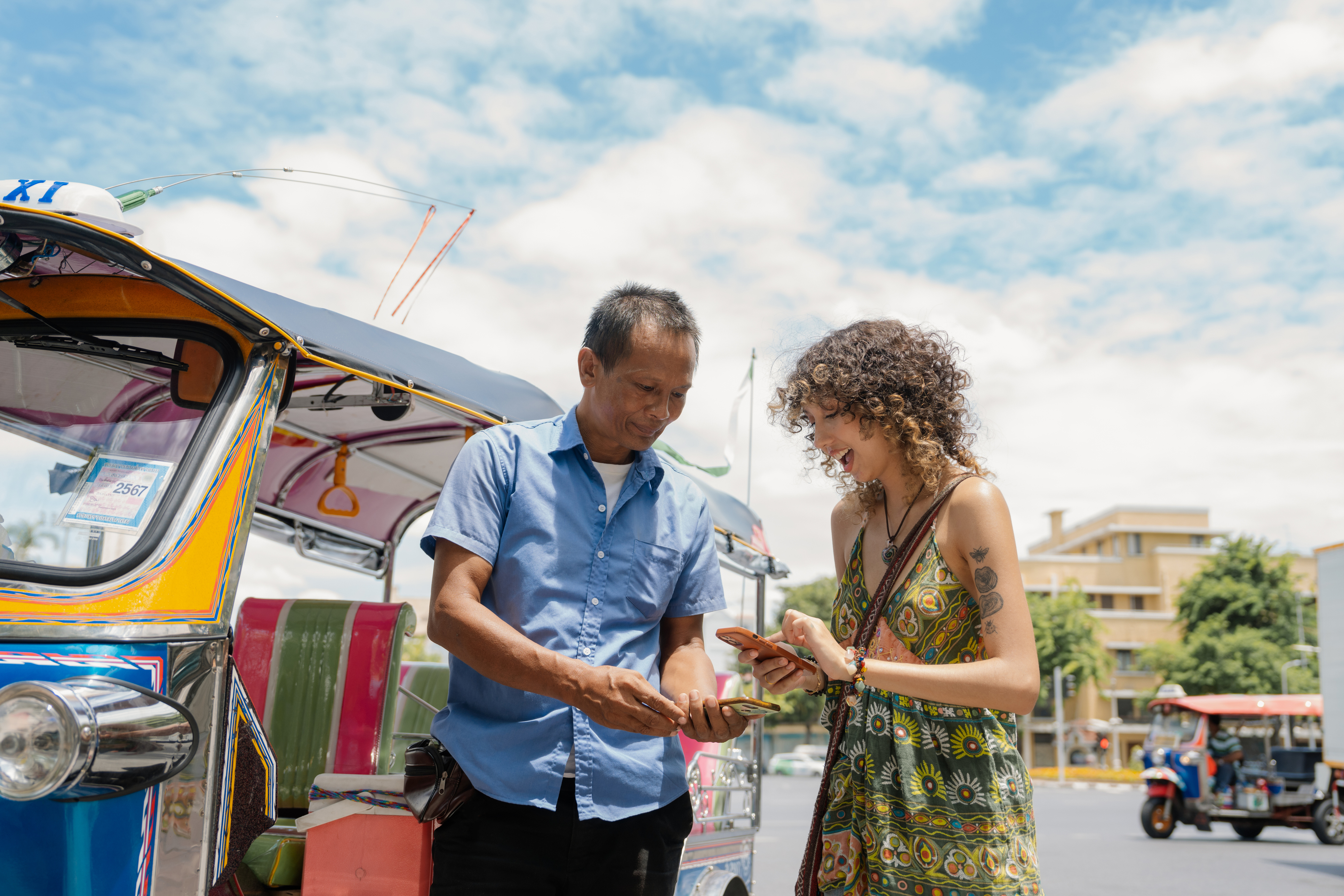Small spends, big impact: Why every tourism dollar matters
June 23, 2025 | By Sandeep Malhotra
 This article was first published in Financial Times.
This article was first published in Financial Times.
Think back to your last trip: was there a moment when you skipped a souvenir or passed by a coffee shop – not because you didn’t want to spend, but because they only accepted cash, and you were short on local currency? Maybe it happened once. Maybe it happened a few times. Now multiply that experience by the hundreds of millions of tourists travelling across Asia-Pacific every year. That’s not just a personal inconvenience; it’s a missed opportunity on a macroeconomic magnitude.
With global attention fixated on trade tensions and the risk of tariff-driven slowdowns, it’s easy to forget that economies are built on more than just exports. Tourism has long been a central pillar of growth for countries in the Asia-Pacific region. In fact, eight of the world's top 15 trending travel destinations for summer 2025 are located here, according to a recent report from the Mastercard Economics Institute.
Given the headwinds on the trade front, now is the time to ensure that Asia’s economies extract the maximum value from inbound travel, and that starts with removing friction from the way tourists spend. In today’s environment, no business can afford to leave money on the table. Empowering merchants with simple, cost-effective and interoperable payment acceptance solutions can turn everyday transactions into meaningful economic impact.
Lower payment acceptance costs, higher tourism receipts
Too often, tourist spending is lost in the “last mile”: a traveller is ready to pay, but the merchant can't accept their card or digital wallet. While it was once true that accepting digital payments required merchants to invest in not-insignificant technical infrastructure, this is no longer the case. Today, even basic smartphones can process payments via NFC, QR codes or payment links, meaning virtually anyone with 4G or WiFi can convert customer interest into income.
But expanding payment acceptance with cost-effective options isn’t just about increasing transaction volume – it’s about making sure the benefits of tourism are shared more fairly across the economy. When smaller, often family-run businesses, can accept digital payments as easily as large hotel chains or retailers, tourism revenue spreads beyond more established operators and reaches local communities more equitably. Just as importantly, digital payments generate data and insights about where tourist dollars are spent. That visibility can inform public policy around tourism infrastructure, directly support small businesses and shape broader economic planning.
Of course, readiness to accept digital payments also depends on broader infrastructure, such as network coverage, access to smart devices and digital literacy, which vary across regions and must be addressed in tandem.
More access, more impact
Payment interoperability – the ability for different payment systems to work together seamlessly – is a familiar concept, but its implementation is evolving. At its heart, the ability to use a payment card globally is a kind of interoperability; global card networks made this relatively seamless decades ago. But digitisation of payment methods hasn’t happened in a straight line. Alongside cards, many merchants in Asia now accept payment via QR codes and digital wallets. This diversity has reduced reliance on cash but also introduces friction, especially as many of these payment methods are “closed loop” – relying on self-contained local networks or ecosystems – and therefore are less accessible to travellers.
This is where the next wave of interoperability comes in.
Mastercard Pay Local, launched in China with Alipay in 2023, exemplifies the industry's push for greater payment inclusion for travelers. It allows international visitors and local residents to link globally issued credit and debit cards to domestic e-wallets, enabling seamless payments via familiar e-wallet interfaces or QR codes. Merchants benefit as well, with no need to modify their payment acceptance systems or incur extra fees.
Picture a tourist arriving in Malaysia. They download the local payment app, TNG eWallet, link their existing Mastercard credit or debit card, and immediately gain access to over two million merchant touchpoints nationwide that accept TNG eWallet, without worrying about currency exchange. By opening local digital payment systems to global cards, Mastercard Pay Local dramatically broadens a merchant’s reach, letting tourists spend as easily as locals.
The ability to make and receive payments quickly and securely is a fundamental part of making tourism profitable. As Asia-Pacific looks to unlock latent growth and build resilience, ensuring that more merchants can participate in – and benefit from – the tourism economy is vital. That means making every transaction not just possible, but practical too.
